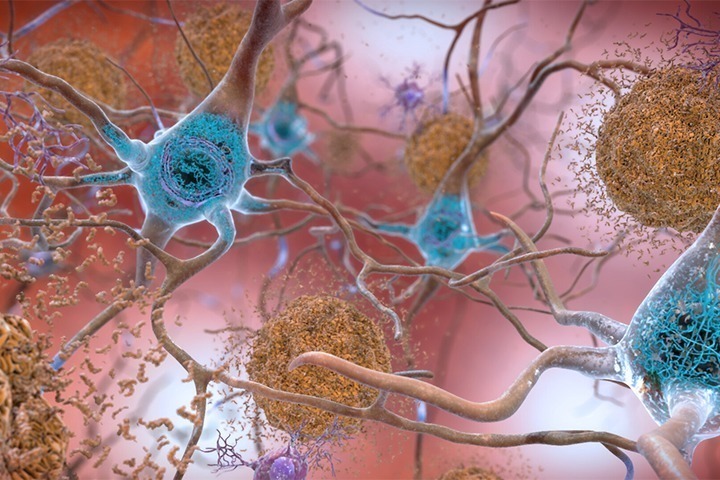Posts Tagged ‘cognitive-exercise’
Best books offering brain teasers and puzzles according to ChatSpot and ChatGPT
Having recently queried ChatGPT and ChatSpot about suggestions for books on brain health, cognitive fitness, cognitive ability and skills, we decided to ask about best books offering brain teasers and puzzles so that interested readers can expand their cognitive exercise resources. (Links open corresponding Amazon book pages) Best books with brain teasers and puzzles, per ChatSpot:…
Read MoreUpdate on the aducanumab (Aduhelm) saga, retirement, financial advice, cognitive health, excessive worrying, neurotech, and more
Welcome to a new edition of SharpBrains’ e‑newsletter, providing this time a summary of the saga around the FDA approval of aducanumab (Aduhelm) as a supposed treatment for Alzheimer’s Disease, plus a range of timely research findings and resources for lifelong brain health. First, below are some key reads to navigate “probably the worst drug approval…
Read MoreFun brain teaser to test your cognitive skills during International Brain Teaser Month
Memory relies mostly on the temporal lobes (see green area) and also the frontal lobes (red), so those are the areas that will get some good neuronal activation when readers raised in the US try to remember the missing words in the American proverbs below. Now, if you were raised outside the US and are…
Read MoreMental rotation exercise to challenge your brain’s parietal lobe
Mental rotation refers to moving things around in your mind. It is one of the main visuospatial skills we all have…in different degrees, yes. Here’s an example. Please picture in your mind an arrow pointing to the right. Now, turn this arrow so it points to the left. Done? You have just performed a mental rotation.
Read MoreUpdate: New brain science leads to new tools and to new thinking
We often view memory, thinking, emotions, as completely separate entities, but they truly are part of the same process. So, if we want to improve brain health, we need to pay attention to the “weak link” in that process. In today’s society, managing stress and negative emotions is often that weak link, as we discuss…
Read MoreBeta amyloid build-up in the brain may increase risk of cognitive impairment more than having “Alzheimer’s gene”
Plaque Build-Up in Your Brain May Be More Harmful Than Having Alzheimer’s Gene (Science Daily): “A new study shows that having a high amount of beta amyloid or “plaques” in the brain associated with Alzheimer’s disease may cause steeper memory decline in mentally healthy older people than does having the APOE ?4 allele, also associated with…
Read More



